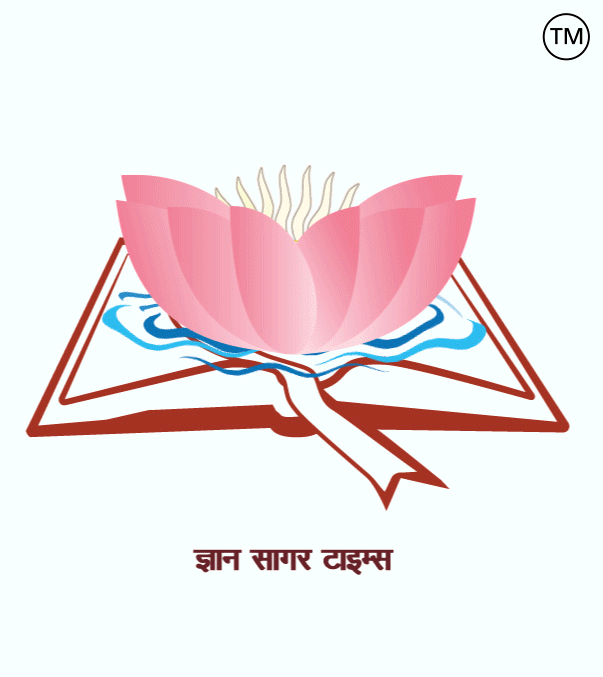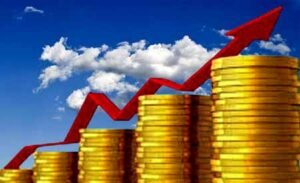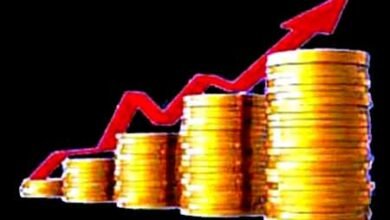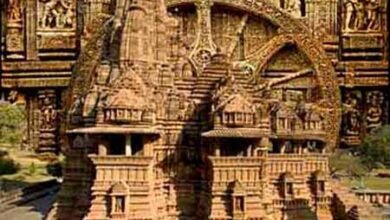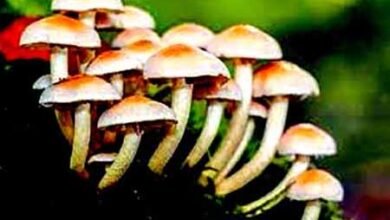
Related to economics-179.
|
1. Who is the father of economics? = Adam Simth. 2. How many departments of economics are there? = Behavioral Economics, Development Economics, Econometrics, Economic History, Financial Economics, Industrial Organization, International Economics, Labor Economics, Macroeconomics, Mathematical Economics. 3. Who is considered the harbinger of liberalization of the Indian economy? = Dr. Manmohan Singh. 4. Whom is the Narasimham Committee related? = Indian Financial System and Banking Sector Reforms. 5. What is the demand? = When a need is presented by price, time and place, it is called demand. 6. Which index has been considered as the basis for estimating poverty in rural areas? = The poverty line determined by the Tendulkar Committee (2009) is taken as the base, which is based on consumption expenditure. 7. What are the main causes of structural unemployment? = Technological advancement or changes in industries. 8. Who first estimated the national income in India? = Dadabhai Naoroji. 9. based on whose survey the Planning Commission assesses the people below the poverty line? = Based on consumer expenditure surveys conducted by the National Sample Survey Organization (NSSO). 10. The policy which the country’s central bank implements through quantitative and qualitative instruments, is called what? = Monetary policy. 11. What is the basis of economic growth? = increase in the production of goods and services. 12. Who collects and publishes unemployment data in India? = National Statistical Office (NSO). 13. Who calculates the national income in India? = National Statistical Office (NSO). 14. How is the level of poverty in India assessed? = is based primarily on income or consumption level. 15. On what basis are the sectors in the economy classified into public and private? = Ownership of undertakings. Based on. 16. What is Kutir Jyoti Yojana? = To provide free electricity facilities to the family living below the poverty line in rural areas. 17. What is the objective of the Antyodaya programme? = To improve the socio-economic condition of the poorest and most disadvantaged people. 18. What is meant by a closed economy? = It does not exchange its trade with external economies. 19. What is meant by the mixed economy? = Coordination of public and private sector. 20. What is the decrease in the quantity of money called? = Deflation. 21. What is meant by devaluation? = Deliberately lowering the value of a country’s currency. 22. Which bank was the first to be nationalized in independent India? = Reserve Bank of India. 23. Who is considered the founder of the budget system in India? = James Wilson. 24. Inflation in India is measured by which process? = Consumer Price Index (CPI) and Wholesale Price Index (WPI) are used. 25. The two largest sources of tax-income of the Central Government are? = Income Tax and Goods and Services Tax. 26. Whose signature is on the one rupee note in India? = Secretary, Ministry of Finance. 27. Minimum Alternate Tax (MAT) was included in the budget of which year the Government of India? = the Year 1988-89. 28. What is the main source of national income in India? = Service Sector. 29. When was the VAT tax implemented in India? = April 01, 2005. 30. What type of tax is ‘VAT’? = Indirect Taxes.
=========== ========== ========= ====== अर्थशास्त्र से संबंधित-179. 1. अर्थशास्त्र के जनक कौन हैं? = एडम सिमथ. 2. अर्थशास्त्र के कितने विभाग हैं? = व्यवहार अर्थशास्त्र, विकास अर्थशास्त्र, अर्थमिति, आर्थिक इतिहास, वित्तीय अर्थशास्त्र, औद्योगिक संगठन, अंतर्राष्ट्रीय अर्थशास्त्र, श्रम अर्थशास्त्र, समष्टि अर्थशास्त्र, गणितीय अर्थशास्त्र. 3. भारतीय अर्थव्यवस्था के उदारीकरण का अग्रदूत किसे माना जाता है? = डॉ० मनमोहन सिंह. 4. नरसिंहम समिति का संबंध किससे है? = भारतीय वित्तीय प्रणाली और बैंकिंग क्षेत्र में सुधार. 5. माँग क्या है? = जब किसी आवश्यकता को कीमत, समय और स्थान से प्रस्तुत किया जाता है उसे माँग कहते है. 6. ग्रामीण क्षेत्रों में गरीबी के आकलन के लिए किस सूचकांक को आधार माना गया है? = तेंदुलकर समिति (2009) द्वारा निर्धारित गरीबी रेखा को आधार माना जाता है, जो उपभोग व्यय पर आधारित है. 7. संरचनात्मक बेरोजगारी के प्रमुख कारण क्या है? = तकनीकी प्रगति या उद्योगों में बदलाव. 8. भारत में सर्वप्रथम राष्ट्रीय आय का अनुमान किसने लगाया था? = दादाभाई नौरोजी. 9. योजना आयोग किसके सर्वेक्षण के आधार पर गरीबी की रेखा से नीचे के लोगों का आकलन करती है? = राष्ट्रीय नमुना सर्वेक्षण संगठन (एनएसएसओ) द्वारा किए गए उपभोक्ता व्यय सर्वेक्षणों के आधार पर. 10. जिस नीति को देश का केंद्रीय बैंक परिणात्मक व गुणात्मक उपकरणों के माध्यम से लागू करता है, उसे क्या कहा जाता हैं? = मौद्रिक नीति. 11. आर्थिक वृद्धि का आधार क्या होता है? = वस्तुओं और सेवाओं के उत्पादन में वृद्धि. 12. भारत में बेरोजगारी के आंकड़े कौन एकत्रित व प्रकाशित करता है? = राष्ट्रीय सांख्यिकी कार्यालय (NSO). 13. भारत में राष्ट्रीय आय की गणना कौन करता है? = राष्ट्रीय सांख्यिकी कार्यालय (NSO). 14. भारत में निर्धनता के स्तर का आकलन कैसे किया जाता है? = मुख्य रूप से आय या उपभोग के स्तर पर आधारित होता है. 15. अर्थव्यवस्था में क्षेत्रों को सार्वजनिक और निजी में किस आधार पर वर्गीकृत किया जाता है? = उपक्रमों पर स्वामित्व. के आधार पर. 16. कुटीर ज्योति योजना क्या है? = ग्रामीण क्षेत्रों में गरीबी की रेखा के नीचे जीवन यापन करने वाले परिवार को निःशुल्क विद्युत सुविधा देना. 17. अंतोदय कार्यक्रम का उद्देश्य क्या है? = सबसे गरीब और वंचित लोगों की सामाजिक-आर्थिक स्थिति में सुधार करना. 18. बंद अर्थव्यवस्था का अर्थ होता है? = वह होती है जो बाहरी अर्थव्यवस्थाओं के साथ अपने व्यापार की अदला-बदली नहीं करती. 19. मिश्रित अर्थव्यवस्था का अर्थ होता है? = सार्वजनिक व निजी क्षेत्र का साथ–साथ होना. 20. मुद्रा की मात्रा में कमी क्या कहलाती है? = अवस्फीति. 21. अवमूल्यन का अर्थ होता है? = किसी देश की मुद्रा के मूल्य को जानबूझकर कम करना. 22. स्वतंत्र भारत में किस बैंक का राष्ट्रीयकरण सबसे पहले किया गया था? = रिजर्व बैंक ऑफ इण्डिया. 23. भारत में बजट पद्धति के संस्थापक किसे माना जाता है? = जेम्स विल्सन. 24. भारत में मुद्रास्फीति किस प्रक्रिया द्वारा मापी जाती है? = उपभोक्ता मूल्य सूचकांक (CPI) और थोक मूल्य सूचकांक (WPI) का उपयोग किया जाता है. 25. केन्द्र सरकार की कर-आय के दो सबसे बड़े स्रोत हैं? = आयकर और वस्तु एवं सेवा कर. 26. भारत में एक रुपये के नोट पर किसका हस्ताक्षर होता है? = वित्त मंत्रालय के सचिव. 27. भारत सरकार ने किस वर्ष के बजट में न्यूनतम वैकल्पिक कर (MAT) का समावेश किया था? = वर्ष 1988-89. 28. भारत में राष्ट्रीय आय का मुख्य स्त्रोत क्या है? = सेवा क्षेत्र. 29. भारत में वैट कर कब लागू हुआ? = 01 अप्रैल, 2005. 30. ‘वैट’ किस प्रकार का कर होता है? = अप्रत्यक्ष कर.
|

